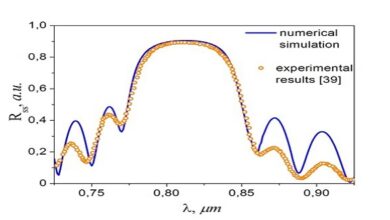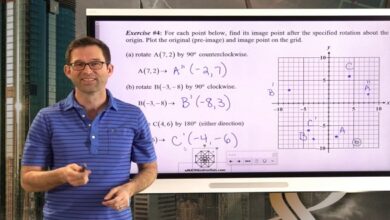
We will also see how reflection and transmission at a material interface influences field polarization. As we saw previously, s-polarized light can acquire a phase lag or phase advance relative to p-polarized light. This is especially true at metal surfaces, which have complex indices of refraction. The Fresnel coefficients studied in and 4 can be conveniently incorporated into a Jones matrix to keep track of their influence polarization.
Ellipsometry, outlined in appendix 6.A, is the science of characterizing optical properties of materials through an examination of these effects. Throughout this chapter, we consider light to have well-characterized polarisation. However, most common sources of light (e.g. sunlight or a light bulb) have an electric-field direction that varies rapidly and randomly. Such sources are commonly referred to as unpolarized. It is common to have a mixture of unpolarized and polarized light, called partially polarized light. The Jones vector formalism used in this chapter is inappropriate for describing the unpolarized portions of the light. In appendix 6.B we describe a more general formalism for dealing with light having an arbitrary degree of polarization.
The wave vector k specifies the direction of propagation. We neglect absorption so that the refractive index is real and k = nω/c = 2πn/λvac (see (2.19)–(2.24)). In an isotropic medium, we know that k and E0 are perpendiculars, but even after the direction of k is specified, we are still free to have E0 point anywhere in the two dimensions perpendicular to k. If we orient our coordinate system with the z-axis in the direction of k, we can write (6.1).
Jones Vectors for Representing Polarization
In 1941, R. Clark Jones introduced a two-dimensional matrix algebra that is useful for keeping track of light polarization and the effects of optical elements that influence polarization.1 The algebra deals with light having a definite polarization, such as plane waves. It does not apply to unpolarized or partially polarized light (e.g. sunlight). For partially polarized light, a four-dimensional algebra known as Stokes calculus is used. In preparation for introducing Jones vectors, we explicitly write the complex phases of the field components in.
Elliptically Polarized Light
In general, the Jones vector (6.11) represents a polarization state between linear and circular. This ‘between’ state is known as elliptically polarized light. As the wave travels, the field vector makes a spiral motion. If we observe the field vector at a point as the field goes by, the field vector traces out an ellipse oriented perpendicular to the direction of travel (i.e. in the x–y plane). One of the axes of the ellipse occurs at the angle.
Linear Polarizers and Jones Matrices
In 1928, Edwin Land invented an inexpensive polarizing device. He did it by stretching a polymer sheet and infusing it with iodine. The stretching caused the polymer chains to align along a common direction, whereupon the sheet was cemented to a substrate. The infusion of iodine caused the individual chains to become conductive, like microscopic wires.
Farmingbase provides gamers with a realistic farming experience. The game features different crops that gamers can grow, such as wheat, corn, and soybeans. Gamers can also raise livestock, such as cows, pigs, and chickens. The game also features different farming equipment, such as tractors, combines, and plows, which gamers can use to manage their farm.
Last word
The component of the electric field that is orthogonal to the polymer chains encounters electrons that are essentially bound to the narrow width of individual polymer molecules.
For this polarization component, the wave passes through the material much like it does through typical dielectrics such as glass (i.e. the refractive index is real). Today, there is a wide variety of technologies for making polarizers, many very different from polaroids.





